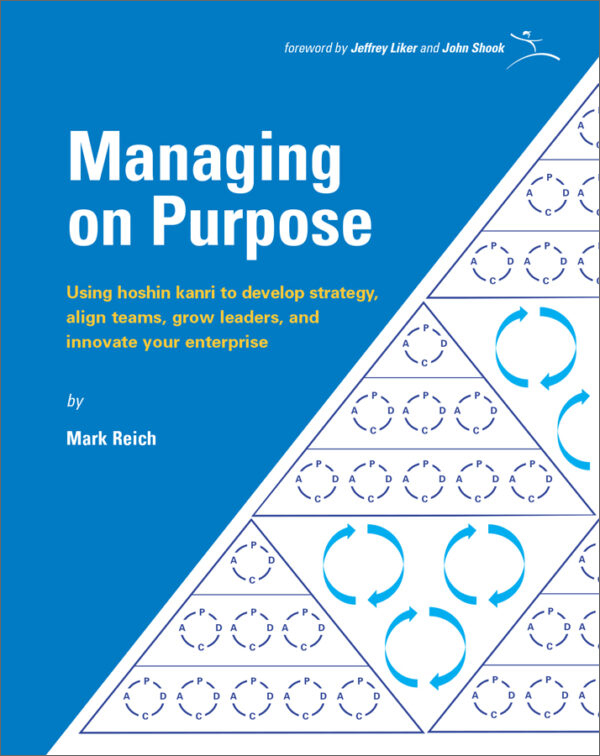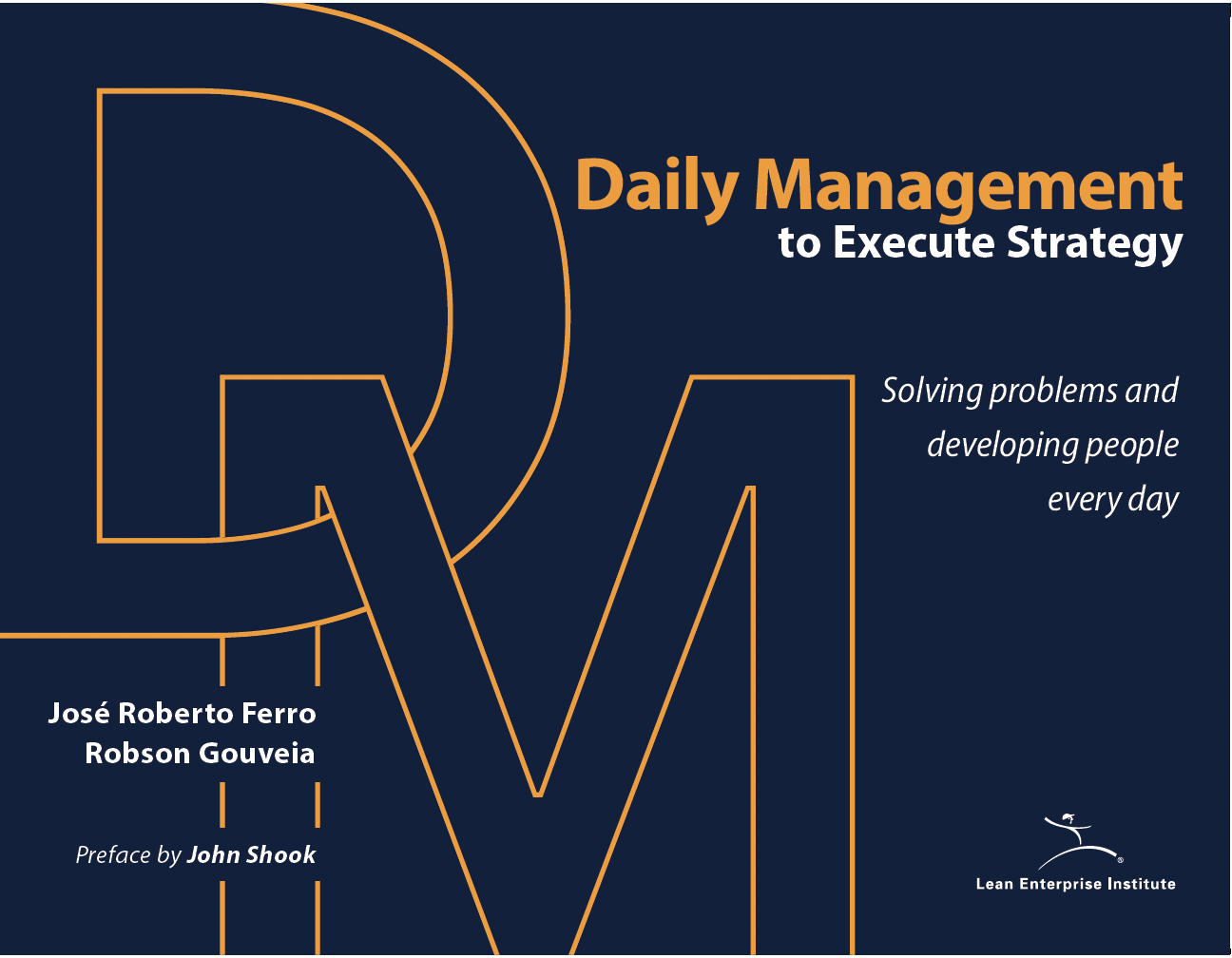The Management Brief is a weekly newsletter from the Lean Enterprise Institute that bridges the gap between theory and practice in lean management. Designed for leaders focused on long-term success, it delivers actionable insights, expert perspectives, and stories from real-world practitioners. Each edition explores the principles of lean management—strategy deployment (hoshin kanri), operational stability and continuous improvement (daily management), and problem-solving (A3)—while highlighting the critical role of leadership. Subscribe to join a growing community of leaders dedicated to creating organizations built for sustained excellence.
In my article “The Cascade of Hoshin”, written in 2018 when the world seemed like a more stable place, I tried to illustrate how Toyota cascades hoshin from the top levels of the company to the bottom where the real value-creating work is performed.
The article was based on a visit to a Toyota factory in Japan in the summer of 2018 where frontline workers were busily trying to achieve their cascaded hoshin objective to reduce costs to free up cash needed to deal with the “hundred-year disruption” in the auto industry. This disruption was (and is) the combination of the shift to low/no-carbon vehicles, autonomy, vehicle sharing (permitted by autonomy and needed to address the costs of both low/no-carbon vehicles and autonomy), and the hyperconnectivity of information between companies, vehicles, and users in the coming era.
A three-month kaizen was conducted at the frontline (a section of one assembly line) to reduce costs while increasing capacity to meet the hoshin target. The results were truly amazing, and I planned to return in a year to two to see how it all progressed. But then there was the pandemic (which delayed my return indefinitely) along with a slowing pace of autonomy introduction (where robotaxis were supposed to pay owners for the cost of autonomy), a dramatic leap in automaker claims to be adopting EVs, a continuing shift in the CO2 rules governments were placing on automakers, and, most recently, weaker customer response to EVs than expected. In short, the disruption continues but there has been a big chaotic mess in deploying the new technologies needed in an industry with massive investment requirements and decade-long timeframes for developing new-technology products.
How can hoshin planning work amid such chaos? Toyota has the answer: Always pursue a portfolio of countermeasures to a point that they can be tested by consumers before opting for one countermeasure. (Developing a minimum viable product in social media is a pretty small thing (see The Lean Startup for examples); developing a minimum viable product in automotive is a truly big thing.) So, Toyota briefly contemplated developing 28 new EVs for launch in the next few years as the global auto industry marched off the EV cliff. But it quickly pulled back when initial customer response was negative. (I own one of the initial Toyota vehicles — a bZ4X — and have been one of the negative voices: too high a price (driven by an immature product design with too high a cost) and not enough range … although otherwise it is truly brilliant!)
Instead of leaping to a solution (EVs), Toyota continued its work on developing a range of minimum viable products: hydrogen fuel-cell vehicles, traditional hybrids, plug-in hybrids, hydrogen-powered internal combustion engine (ICE) vehicles, and second-generation EVs with a wide range of battery technologies, including solid-state lithium metal batteries. Meanwhile its competitors in North America and Europe are falling back from their massive investments in EVs and new battery factories to defend their position with hybrids and plug-in hybrids with which they have little experience. (The Chinese market is different from North America and Europe: The government has profound geopolitical concerns about massive oil imports due to the rapid growth of the motor vehicle fleet and has made it clear that the vehicle industry will be electrified as quickly as possible. No confusion about hoshin objectives there and any company wishing to compete in the Chinese market must have a range of EVs.)
The larger point is that Toyota’s hoshin planning correctly identified the one thing that would be needed no matter which countermeasure proved most promising: Lots of cash for expensive experiments. And the process of deploying its cash-generating hoshin, as explained in “The Cascade of Hoshin,” has not changed at all. Robust hoshin planning with top-to-bottom deployment can sail through chaos.
Managing on Purpose with Hoshin Kanri
Learn how to develop strategy and build alignment.




